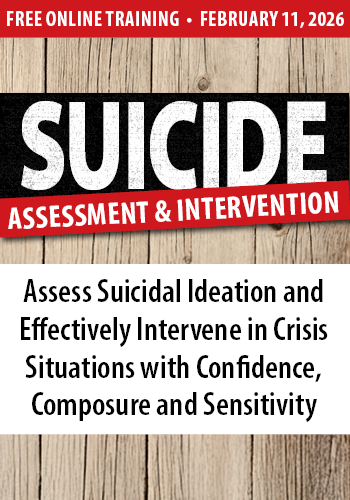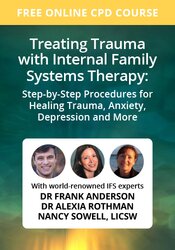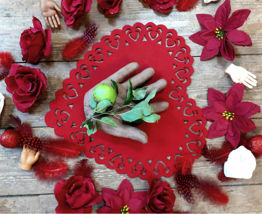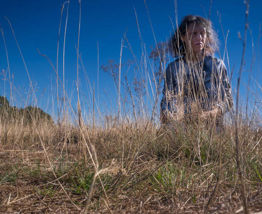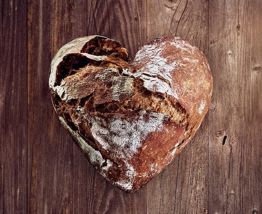Enrol in an online course today for flexible, self-paced learning—no fixed schedule required. Plus, enjoy lifetime access to course materials for convenient revisiting.
Kitchen Therapy with Neurodivergent Clients: Autism, ADHD and Creative Containment
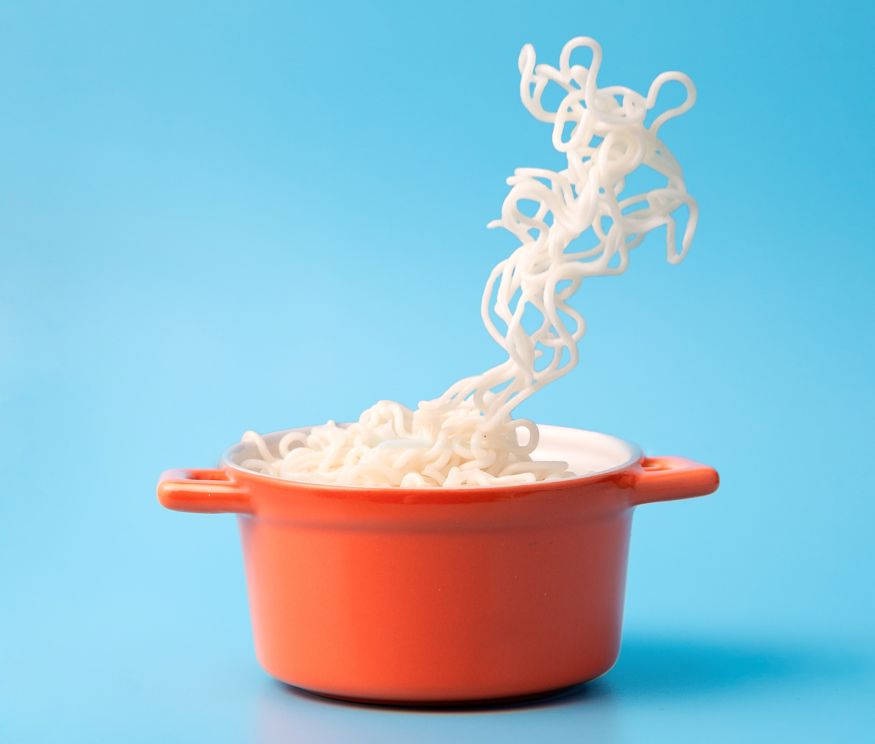
A mixture of personal and professional experience has fed into the use of my Kitchen Therapy practice when working with non-neurotypical conditions. This relational approach to cooking – initiated by the gut’s hungry intuition, guided by the heart’s pleasure and connection seeking, enabled by the head’s knowledge of ingredients and sequence – stabilises and aligns our functioning. Cooking asks our left and right brain to work together.
The main premise for engaging clients with autistic spectrum conditions or ADHD in Kitchen Therapy is building a sense of creative containment in the relational context. It is informed by Winnicott’s concept of ‘indwelling’, describing how the maternal gaze in the feeding situation introduces and reintroduces the baby’s body and psyche to one another – thereby creating a stable yet lively sense of inner relational security. In TA (Transactional Analysis) terms, it is about helping the client develop a ‘parent’ who enables their ‘child’ to feel safe to playfully explore their creative potential.
My time as a special needs drama teacher introduced me to autistic spectrum and attention deficit functioning both in myself and my pupils. This specialist school gave me the freedom to develop a flexible-feedback teaching style (ie, adapting my teaching according to the pupil’s response), within a broad aim of developing pupils’ creative confidence so that they could take it into other lessons and life.
As a practical approach to therapy developed out of my experiences with these pupils, Kitchen Therapy has the following components that come helpfully into play with neurodivergent clients:
- What’s in the fridge? How strong is the garlic? What colours does the dish need? Cooking itself is a dynamic, flexible-feedback process that encourages us to respond with instinct, desire and resourcefulness. Here we are channelling the AD impulsivity and developing flexible, empathic responsiveness for AS functioning.
- Cooking engages the gut-heart-mind brain matrix on a useful, edible and rewarding task. This stimulates relaxing endorphins and rewarding dopamine. Here we are focusing attention for both AS and AD functioning by developing both personal and social relational engagement.
- What is the character of the dish we are cooking? I have described before how Kitchen Therapy uses techniques from drama teaching to develop character, motivation and connection. This works on engaging attention and developing empathy.
- Cooking can involve a clear process, from deciding what to cook and collecting the ingredients right through to clearing away. Here we are responding to the AS need for purposive clarity, with tangible results. For AD functioning, reaching a satisfying conclusion, including more tedious but necessary clearing up, models a process with clear, helpful boundaries.
When I had the chance to transfer into a new kitchen classroom, I began with a group of autistic young men. As I got them to notice the tempting smells, sights and sounds coming from their pans, their attention was rewarded with a meal to be proud of and tuck into. Risotto was a key teaching assistant, as she requires plenty of dreamy attention and is a delectable comfort of a dish.
These pupils, and my own practice of Kitchen Therapy, have helped me recognise various aspects of autistic and attention deficit functioning – such as wandering mind, inflexibility, and anxiety around control or intimacy – which we each have the odd sachet of tucked away. By observing our cooking style, and taking time to notice how we feed ourselves, we can stimulate neural pathways for a sense of connected wellbeing, or as Winnicott put it, of ‘indwelling’.



